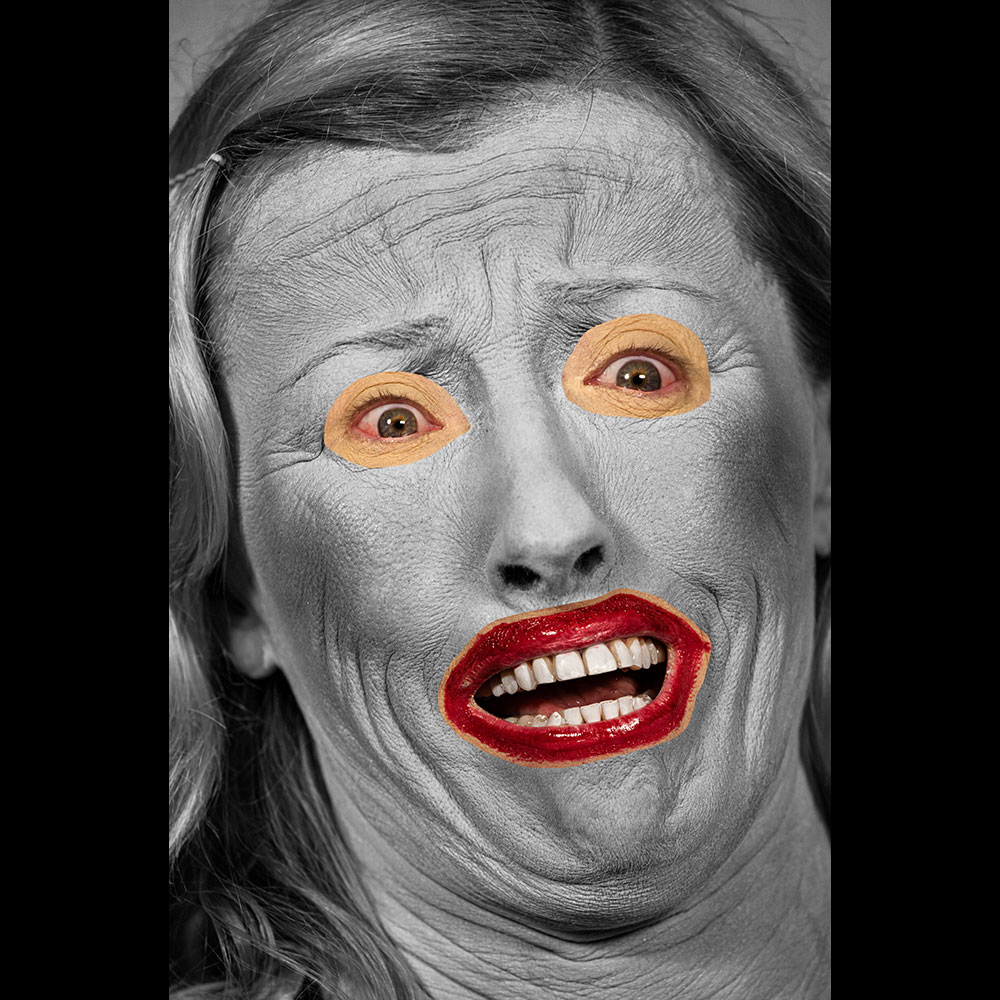PHOTO: Cindy Sherman
 Cindy Sherman is one of the best-known and most important artists working today. Her decades-long performative practice of photographing herself under different guises has produced many of contemporary art’s most iconic and influential images. At the heart of Sherman’s work is the multitude of identity stereotypes that have arisen throughout both the history of art and the history of advertising, cinema, and media. Sherman reveals and dismantles these stereotypes as well as the mechanics of their production in creating series after series of photographs that focus on particular image-making procedures.
Cindy Sherman is one of the best-known and most important artists working today. Her decades-long performative practice of photographing herself under different guises has produced many of contemporary art’s most iconic and influential images. At the heart of Sherman’s work is the multitude of identity stereotypes that have arisen throughout both the history of art and the history of advertising, cinema, and media. Sherman reveals and dismantles these stereotypes as well as the mechanics of their production in creating series after series of photographs that focus on particular image-making procedures.
By Dimitris Lempesis
Photo: Hauser & Wirth Gallery Archive
In her solo exhibition Cindy Sherman unveils her latest body of work for the first time in the United States, the presentation features approximately 30 new works and marks Sherman’s return to the historic SoHo district where, in the late 1970s, she debuted her now iconic “Untitled Film Stills” at the non-profit Artists Space, launching a career that has established her as one of the most recognized and influential artists of our time. Sherman’s ground-breaking work has probed themes of representation and identity in contemporary media for over four decades. Since the early 2000s, she has constructed personae using digital manipulation, meditating on the increasingly fractured sense of self in 21st century society and continuing an artistic exploration that has uniquely encapsulated her oeuvre since the outset of her career. In these latest works, Sherman has collaged various elements of her own face to construct entirely new characters, using digital manipulation to emphasize layered details and underscore the malleability of the self. She has removed external context, eschewing any mise-en-scène, to focus completely on the details of the face and head. Here, she combines a digital collaging technique that incorporates both black and white and color photographs with more traditional methods of transformation, like make-up, wigs and costumery, to create a group of unsettling portraits of women who laugh, wince, smirk and grimace at the viewer. To create these fragmented figures, Sherman photographed isolated sections of her own visage—eyes, nose, lips, skin, hair, ears—and then cut, pasted and warped them onto a foundational image, ultimately constructing, deconstructing and then reconstructing an entirely new face. In the double role of both photographer and model, Sherman continues to upend the typical dynamic between artist and subject. So, while all the images are composites of the artist’s own face, they read as classical portraits. And, despite their layers, Sherman’s final works give a true impression of different individual ‘sitters.’ Tightly cropped, with frames full of hair and contorted expressions, Sherman’s fabricated women disrupt the voyeur-gaze and subject-object binaries associated with longstanding traditions of portraiture. In works such as “Untitled #650” (2023), the artist’s choices––the positioning of the subject’s head, the disheveled state of her wig, and haphazard application of makeup––conjures the personality of her imagined subject. Sherman’s construction of identity through warping and collaging is akin to her use of prosthetics in past series such as the “History Portraits” (1988) and the “Masks pictures” from the 1990s, in which she explored the more grotesque and abject aspects of humanity. Like her use of costumes, wigs and makeup, the application of prosthetics would often be blatantly obvious, breaking rather than upholding any sense of illusion. Like Sherman’s use of prosthetics, the digital manipulation central to this new series exaggerates the tension between identity and artifice. That effect is heightened in works such as “Untitled #632” (2010/2023) and “Untitled #654” (2023), where Sherman combines both black and white and colored sections of the face, highlighting the presence of the artist’s hand and disrupting any perception of reality, while also recalling the hand-colored and hand cut works she made in the 1970s. By employing this layering technique, Sherman creates a site of multiplicity, drawing our attention to the fact that identity is a complex and often constructed human concept that is impossible to capture in a single picture.
Photo: Cindy Sherman, Untitled #629, 2010/2023, Gelatin silver print and chromogenic color print, 50.8 x 33.7 cm / 20 x 13 1/4 in, © Cindy Sherman, Courtesy the artist and Hauser & Wirth Gallery
Info: Hauser & Wirth Gallery, 134 Wooster Street, New York, NY, USA, Duration: 18/1-16/3/2024, Days & Hours: Tue-Sat 10:00-18:00, www.hauserwirth.com/



